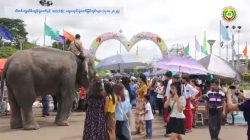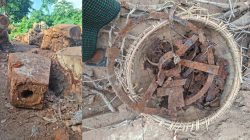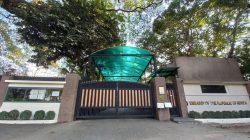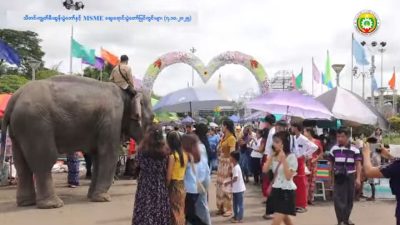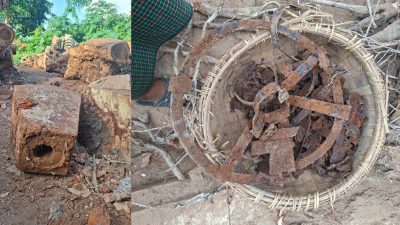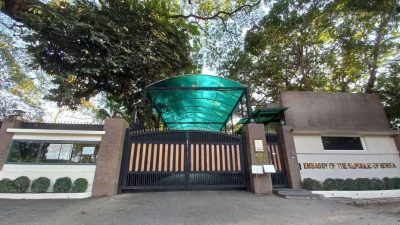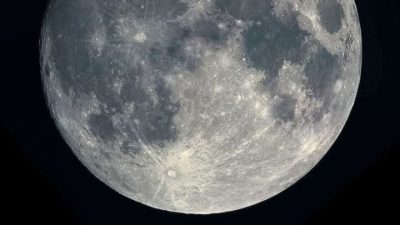Myanmar’s rubber industry is a major economic driver, with annual exports currently earning approximately US$480 million. According to the Department of Agriculture, the country produces an estimated 400,000 tonnes of rubber each year, with over 100,000 tonnes being exported. The nation has set an ambitious goal to significantly increase that export volume to 300,000 tonnes for the 2025-2026 financial year.
The primary destination for Myanmar’s rubber is China, which buys 75 per cent of the exports. Other key markets include Singapore, Malaysia, Indonesia, the Republic of Korea, and Japan.
Rubber is predominantly cultivated in Mon State, the Taninthayi Region, and Kayin State, with smaller growth areas in other regions. Out of a total of one million acres dedicated to rubber plantations, 950,000 acres are currently productive.
To support the industry’s growth and quality, the Department of Agriculture is implementing several initiatives. These include a programme to replace aging trees with high-yield pedigree plants, training skilled tappers to ensure tree health and maximize yield, and investing in research and technology development. The department has also committed to controlling the distribution of inferior-grade rubber in the market to protect the industry’s reputation.
During a recent meeting, officials emphasized the importance of moving beyond raw material exports. Enhancing the properties of Myanmar’s rubber and investing in value-added processing—such as manufacturing tyres and consumer goods—is seen as crucial for accessing more foreign markets and securing higher prices.

